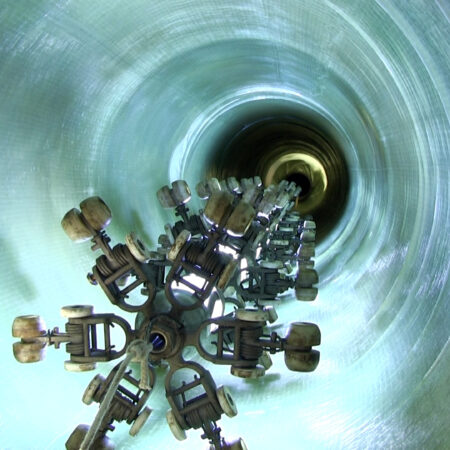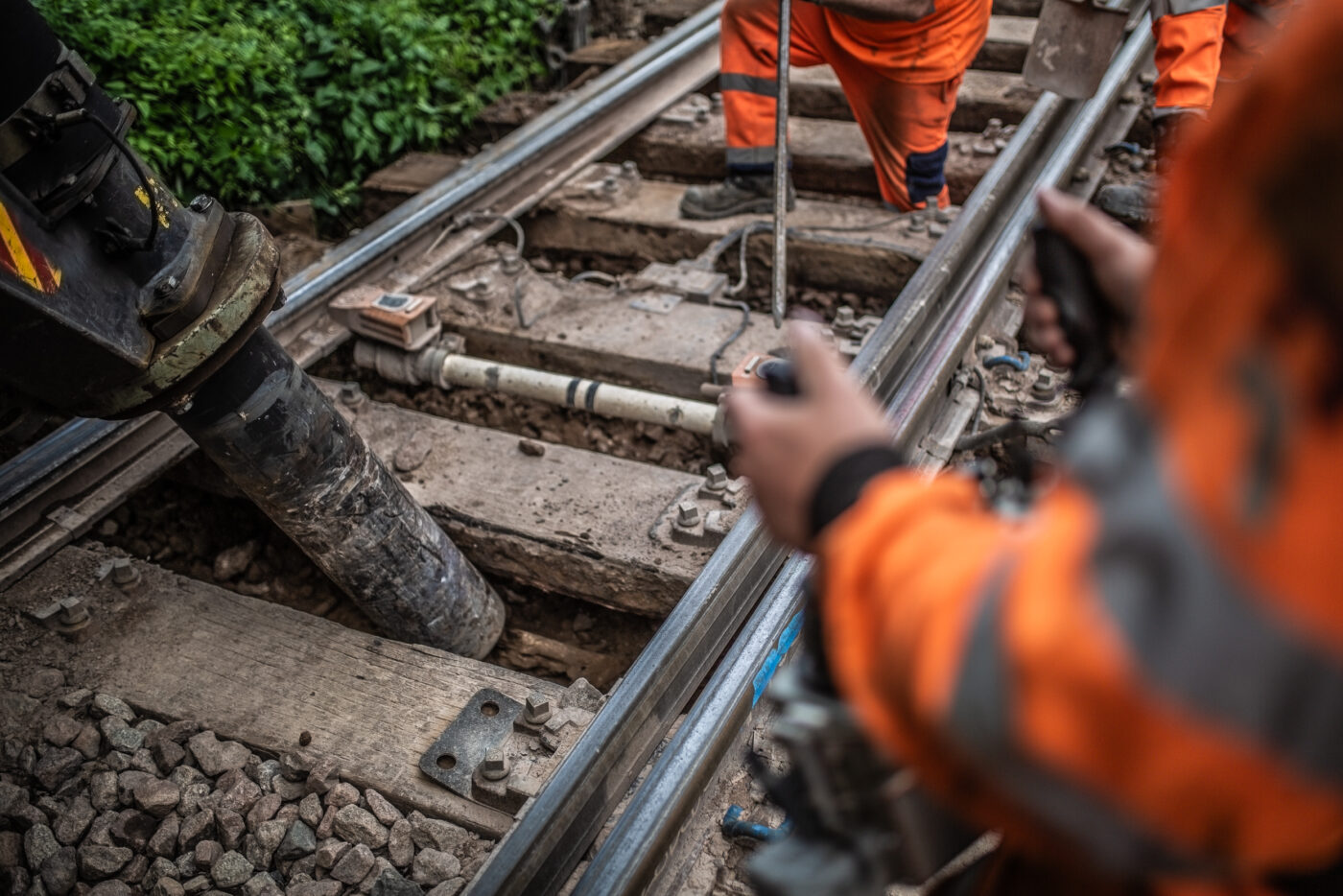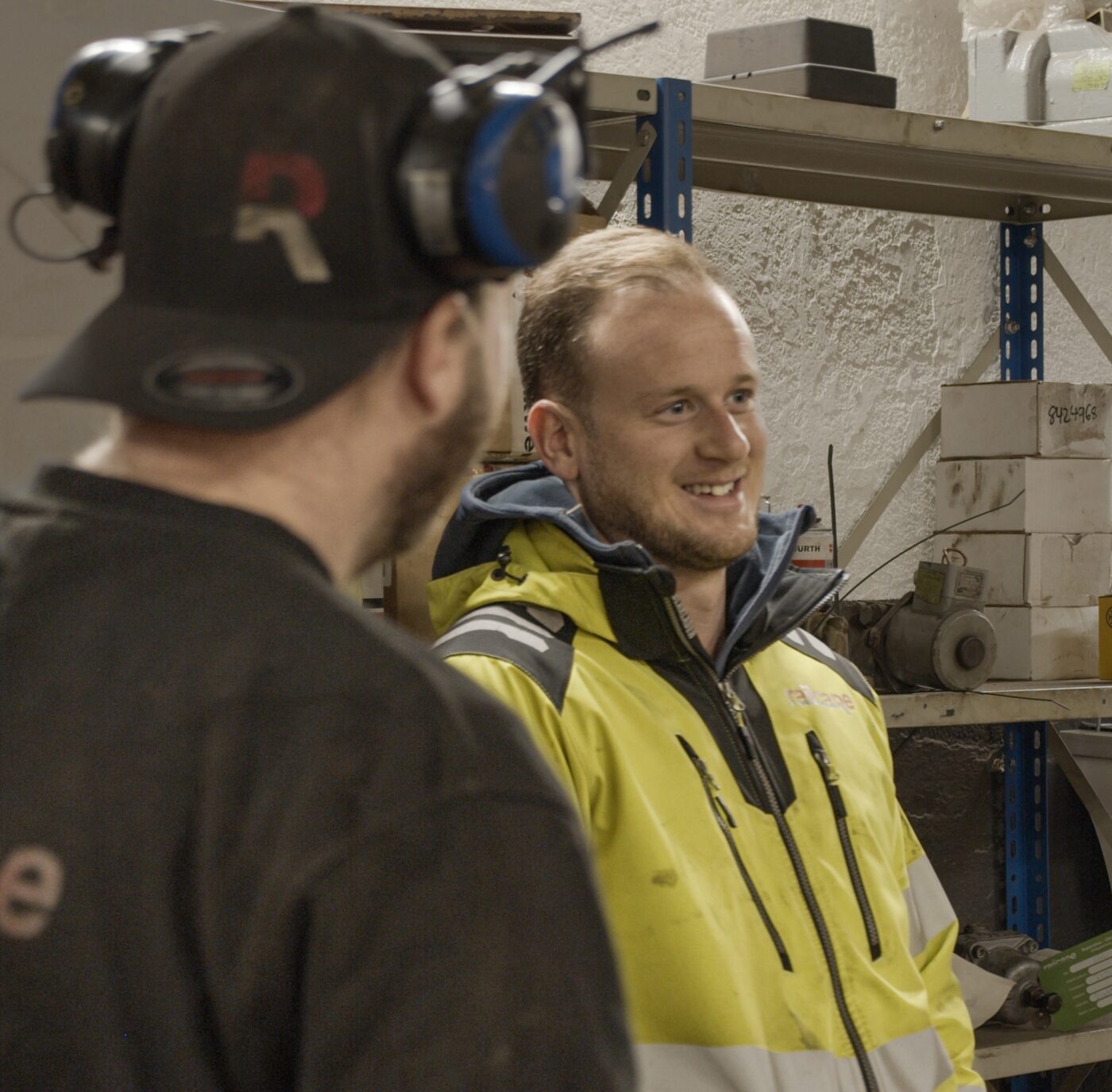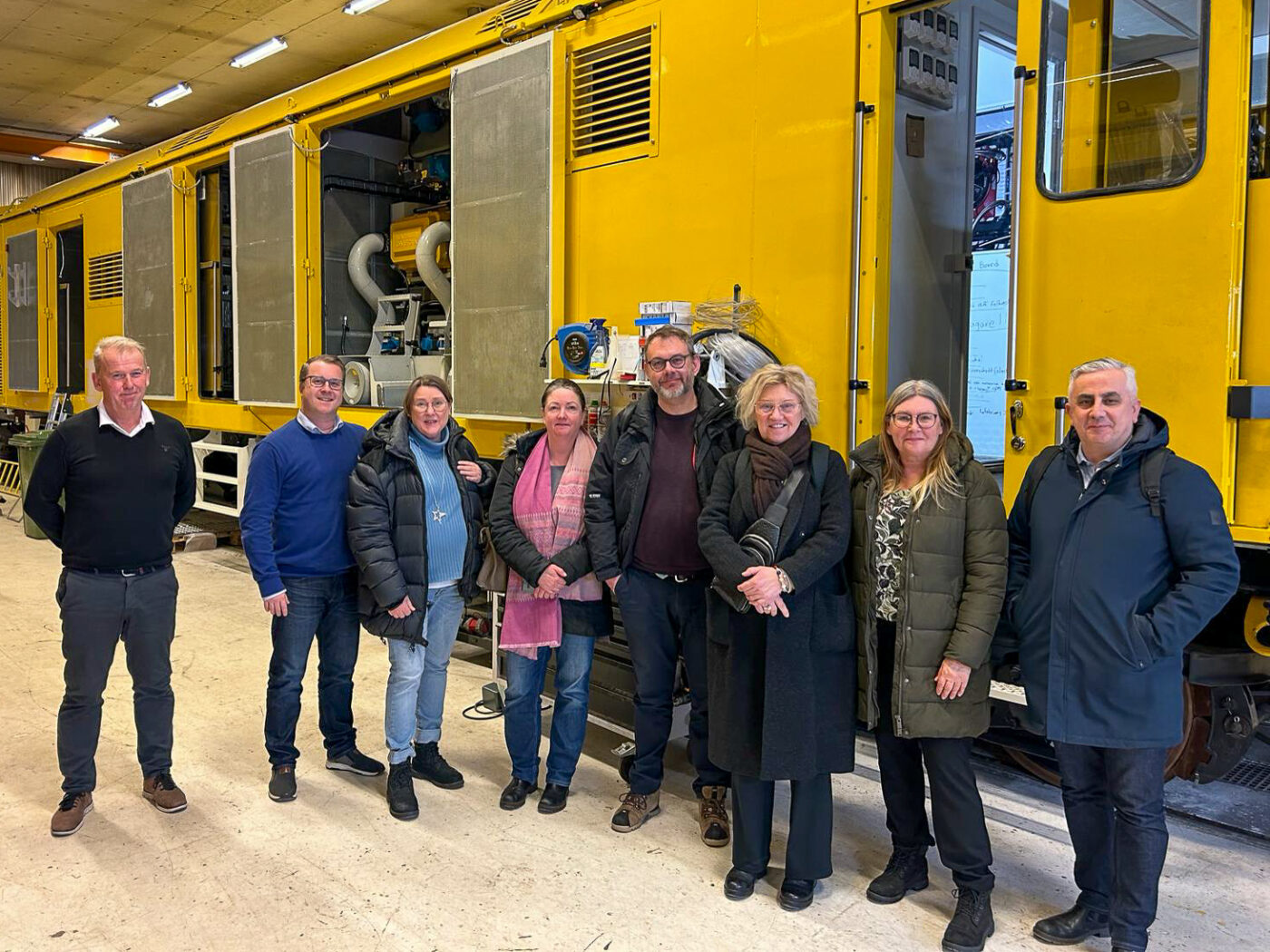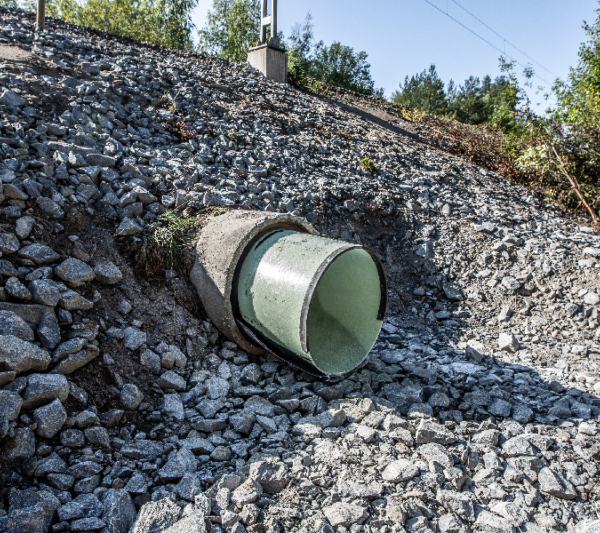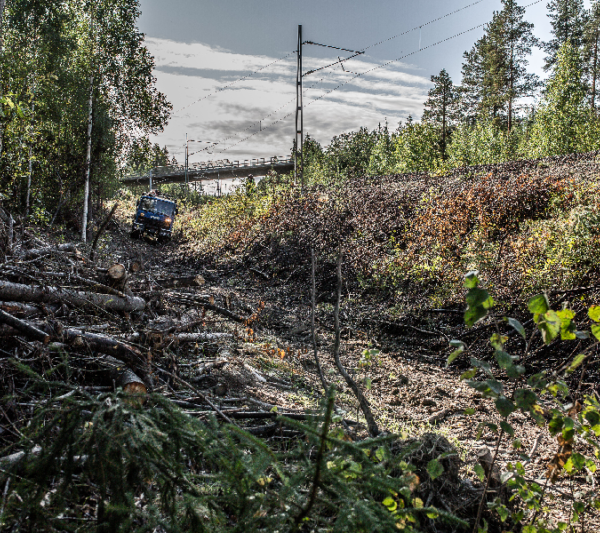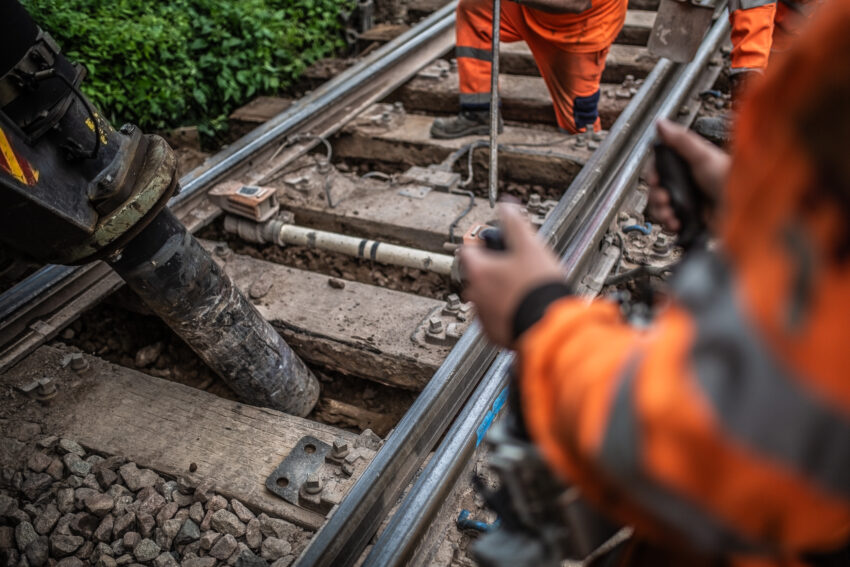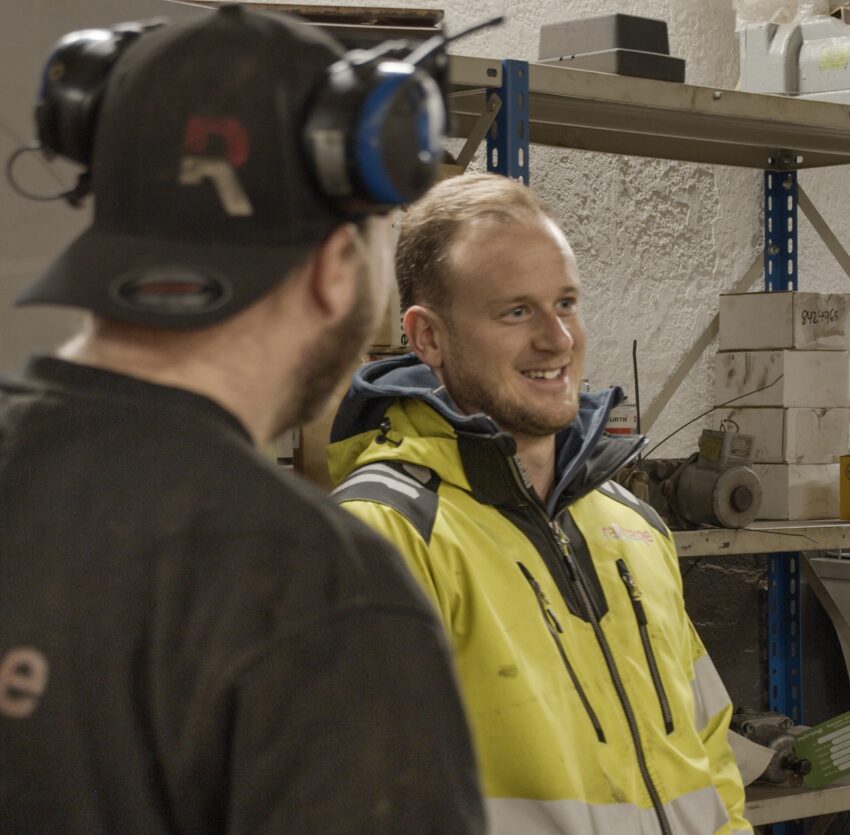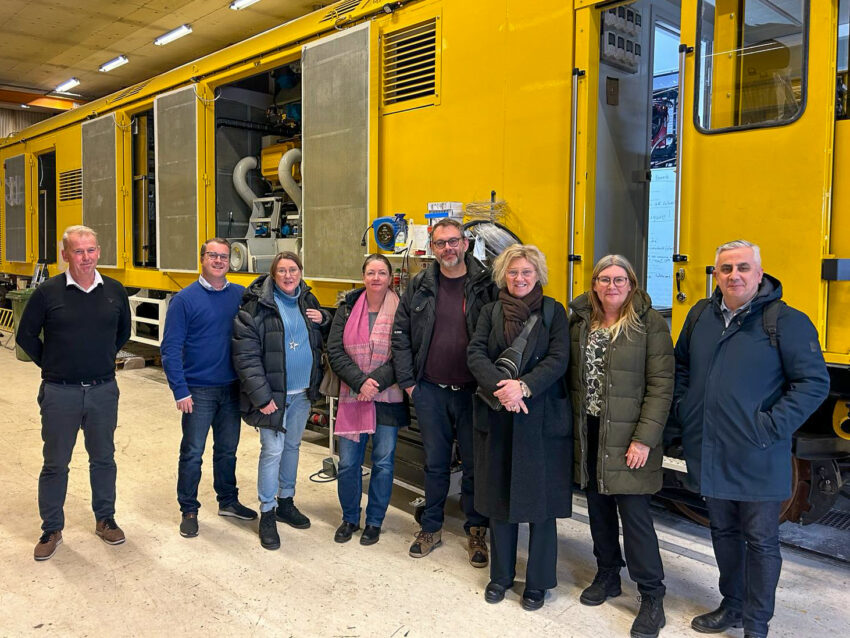Towards the end of 2020, the Swedish Transport Administration released its report “Lining – an overall assessment”. This was the result of about two years assessing lining methods and the environmental impacts of the curing techniques used.
At Railcare, lining is an established technique. The first culvert was renovated in 2003, with good strength being maintained and, over the ensuing years, the method applied has been UV-cured fibreglass-reinforced lining. Tobias Lindgren, Operations Manager at Railcare Lining, says:
We take a very positive of the Swedish Transport Administration having produced this report. Railcare participated in the evaluations on which the report has been based and the Swedish Transport Administration has been in attendance when we have lined several culverts to measure and document values. It is useful to obtain a comprehensive view of which technologies are the most environmentally friendly. That will improve the entire industry.”
Major differences shown between techniques
Two different lining processes are currently available in the market: Felt lining and fibreglass-reinforced lining. Felt lining is heat-cured using water vapour or hot water, while fibreglass-reinforced lining is cured using UV light. The report shows that felt lining technique requires a thicker pipe wall to achieve the same strength as fibreglass-lined lining.
Styrene is used as the reactive solvent in both techniques. However, the analysis showed substantial differences in the levels of residual styrene following the curing process, depending on the type of feed and the curing method used.
In 2018, the Swedish Transport Administration conducted follow-ups on culverts where different lining measures had been performed. The results showed that heat-cured felt lining left styrene levels in the water exceeding the PNEC (Predicted No-Effect Concentration) value several weeks after installation. On the other hand, lining using UV-cured fibreglass-reinforced lining emits significantly lower styrene levels in water and showed values below PNEC as early as just one hour following the culvert having been returned to use.
Railcare’s method most environmentally friendly
This confirms that Railcare’s relining method is currently the most environmentally friendly. Fibreglass-reinforced lining provides the greatest strength and can thus be applied thinner, maximising water flow. We also see that UV curing provides minimal styrene emissions. Other environmental benefits of relining culverts rather than replacing them include savings in the amount of time in which machinery is used, reduced emissions from excavators, and avoiding the need to redirect traffic. We can do the job with very little impact on traffic and can significantly lower carbon dioxide emissions overall,” says Tobias Lindgren.
Also suitable for environmental culverts
The report also shows that Railcare’s method produces such low emissions that it is suitable even for the most demanding wet culverts, or “environmental culverts”.
Here we can provide clients with documentation simplifying their applications to the County Administrative Board for hydrological activities, where an application is required before measures can be taken,” Tobias Lindgren concludes.
This is an article from the 2021 Railcarenews.
To read the magazine in its entirety, click here >>
